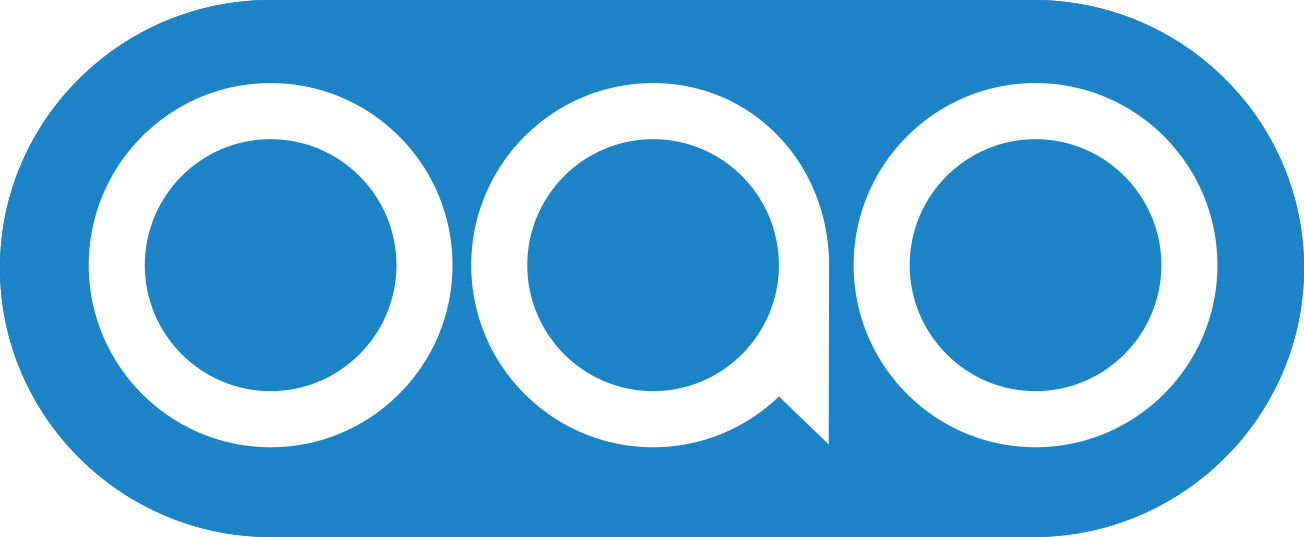GOOGLE AD EXCHANGE (AdX)
In part 1 of this post, we discussed the importance of utilizing a monetization solution to maximize revenue for unsold inventory. Now we’re going to hone in on the industry juggernaut: Google’s Ad Exchange (“AdX”).
What is AdX?
AdX is one of the largest and most liquid monetization platforms available. It supports a wide range of publisher business models by providing multiple ways for inventory to be identified, packaged, and made available to buyers.
One of the exceptional things about AdX is its reach on both the buy and sell sides of the advertising business. The platform enables advertisers and agencies to easily purchase a variety of publisher inventory by connecting AdX to their DSP or bidder platform. AdX also provides significant transparency into their bid data, which publishers can use to better understand demand in order to optimize their inventory settings. While publishers look to improve on how to best represent their inventory, buyers can also continue to tweak their budgets, targeting, and spend parameters (such as bid price ceilings) to ensure they’re able to deliver their campaigns according to their predetermined KPIs.
What separates AdX from other programmatic solutions?
According to an independent report from Technology Business Research, Inc., media buying and selling through programmatic channels was responsible for approximately 50% of the $60 billion US digital ad spend in 2015. In terms of transaction volume and overall revenue, Google AdX and DoubleClick Bid Manager (“DBM”) both retained leadership positions in their respective segments.
Notwithstanding Google’s aforementioned market leadership, one of the key benefits of AdX is that it integrates directly into Google’s DoubleClick for Publishers (DFP) ad server. This means publishers that already work with DFP can simply enable AdX within their DFP network and have it start filling inventory. For video and mobile in-app inventory, publishers who are already using DFP SDKs do not need to integrate any additional SDKs.
Another plus to working with AdX is Enhanced Dynamic Allocation (EDA), which enables AdX to compete with a publisher’s directly sold campaigns in DFP. The purpose of EDA is to ensure that a publisher is generating as much revenue as possible, without impacting delivery of direct sold deals that are trafficked directly into the publisher’s instance of DFP (i.e. deals running outside of AdX). EDA will check to see if the next impression called needs to be served by a directly sold deal, or if it can fill the inventory with a campaign running in AdX, while also taking all of the publisher’s AdX restrictions into account when determining what can or can’t be served (examples: block lists and CPM floors). This results in additional revenue for the publisher without risking under delivery on directly sold campaigns.
In addition to allowing advertisers to buy in a bidding environment, AdX gives the sell side the ability to offer the buy side preferred deals at specified rates, or conduct private auctions. Publishers can also enhance their offering by applying their own first party DFP Audience data to their inventory available in AdX by simply sharing their DFP Audience segments with AdX. DFP Audiences can be used to define new types of data, or expand reach for existing data types (example: DFP Audience allows a sports user on a news site to be targeted as a sports user after they’ve moved on to the weather section of that news site). Advertisers can also elect to apply 3rd party audience data, such as interest or intent, supplied by outside providers and available directly within Google’s buying platform, to further enhance the targeting of their media buys.
Another AdX perk is its comprehensive reporting tool that publishers who already work with DFP will be quite familiar with. It gives the end user the ability to schedule reports to monitor performance and trends. AdX also has a creative review tool which simplifies the process of finding and blocking unwanted ads and even has the ability to block buyers who constantly serve bad ads. Google already has strict security measures in place to minimize the chance of problematic ads making it through the screening process, but having the ability to quickly find and block ads really helps to ensure your monetization team can tackle issues if they arise.
The list goes on, but one other item worth pointing out here is that the system has a rule-set that allows off-sized creatives to run in certain publisher-defined ad slots; “flexible ad sizes” (for all AdX publishers) and “multi-size pricing” (for AdX publishers who use DFP). This means publishers can elect to have AdX serve smaller ad units into larger ad slots if it’s worth doing so from a revenue standpoint. If EDA is active and evaluating which ad to serve into a 300×600 ad spot, it can, for example, select from 300x600s and 300x250s (and smaller sizes potentially) from its queue.
The bottom line is that AdX has earned its place as one of the most robust monetization options for publishers, especially for those who use DFP. The platform’s sophistication, integration, controls, and toolset allow it to meet and even surpass the sales and operational needs of most publishers.

